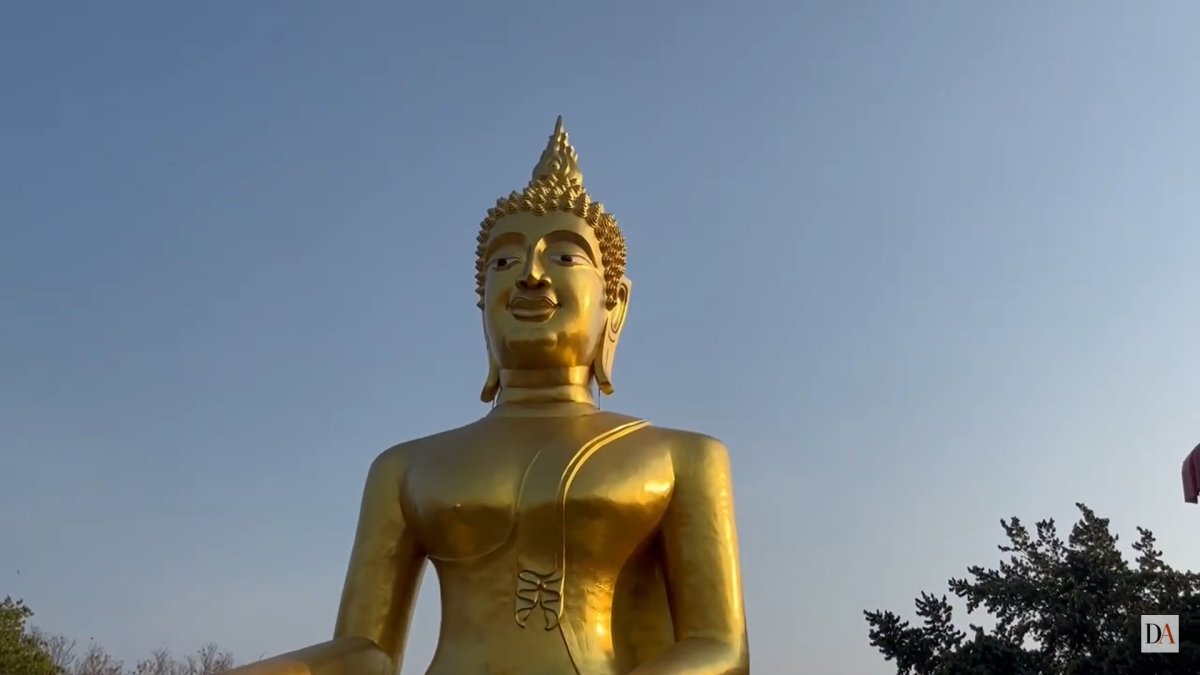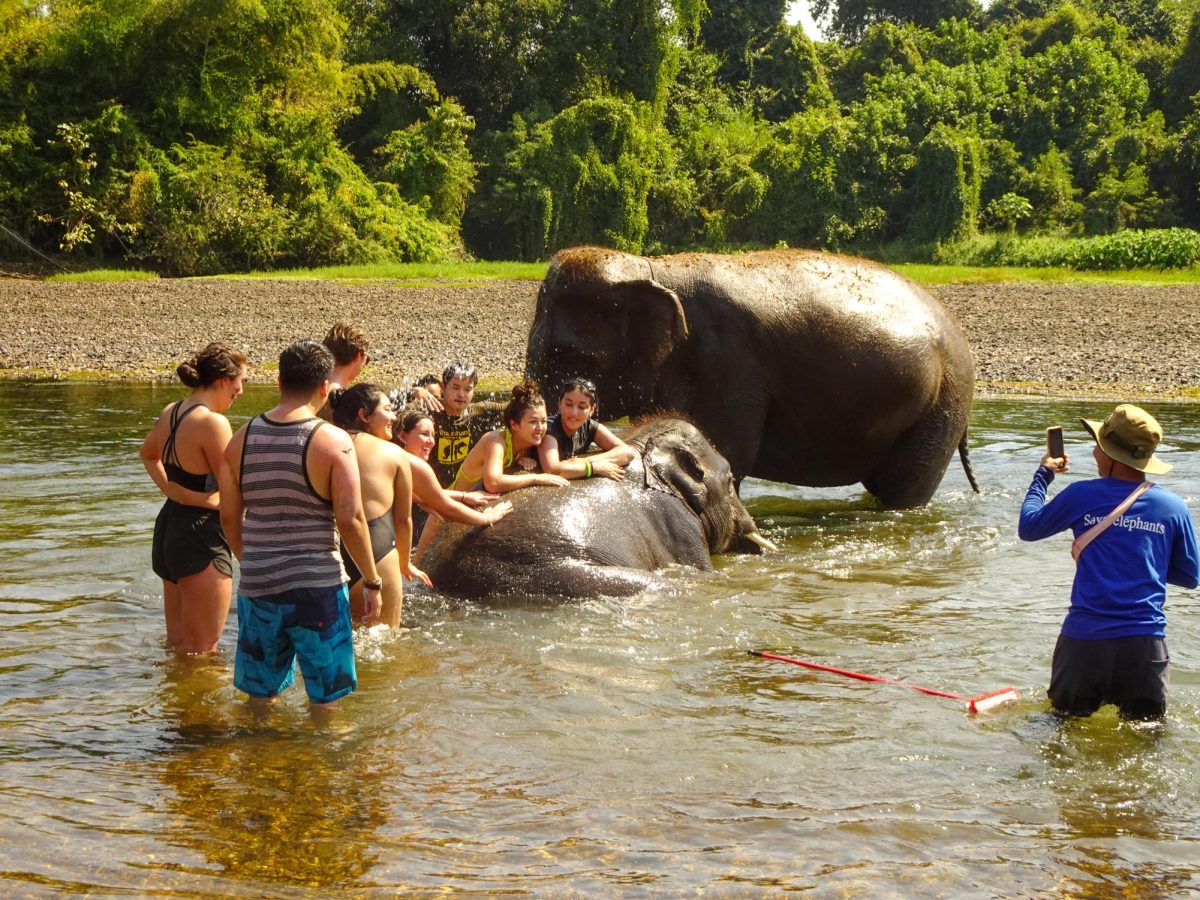
It’s no secret there are countless ways to explore America’s Finest City. Hiking by land, boating by sea and even exploring by air.
The concept of hang gliding can be traced back to early ideas from Leonardo da Vinci; however, the birth of the actual sport came about in the 1960s. Hang gliding started out small, but soon became an international sensation that welcomed anyone seeking adventure.
Founded as a national nonprofit organization in 1974 and now comprised of about 10,000 members, the United States Hang Gliding and Paragliding Association is a tight-knit community for those wishing to take flight. With branches across the country, hang gliding is available to try nearly anywhere.
USHPA Information and Services Manager Robin Jones has experienced the thrill of flying, and said there’s nothing else like it, with a little training and a lot of confidence.
“The first time I went it was the most incredible experience,” Jones said. “It’s an amazing opportunity, but it’s also an amazing responsibility. You have to have a lot of passion, but a lot of confidence to be able to get into the air like that.”
Once a flier takes flight, a ride can last as long as the wind carries them. People have been known to fly for as many as 400 miles in a single ride. But before soaring across the sky, it’s important to know how to stay safe during these flights.
“You have to have a certain level of maturity and understandings of lots of different factors, like wind,” Jones said. “Also, something as simple as hooking your hang glider in, (there are) routine checks that you should always do. There are a lot of unforeseen things that can happen, but if you have the training and experience, it’s an amazing ride.”
College students looking for this electrifying flight don’t have to look far. San Diego Hang Gliding & Paragliding Center pilot John Ryan is not only a seasoned hang glider, but is also a scientist, San Diego State alumnus and professor at the University of San Diego.
Gliding since the late ‘70s, Ryan offers a one-on-one training experience for those who plan to take up hang gliding on a regular basis.
“Do the tandem lesson at first,” Ryan said. “If you do it with me, you’ll get a good understanding into the sport. They will know what they need to continue. It’s an instruction; you will learn how to actually control the glider and fly it.”
Think this incredible hobby will break the bank? Like any other extreme sport that requires training and equipment, riders will have to shell out some money to enjoy this heart-racing activity. While prices vary, lessons generally cost around $1,200. With help from an instructor to find good quality equipment at a reasonable price, a rider can learn to glide and buy all necessary equipment for about $3,000.
Training to get in the air can take anywhere from three to six months; the ability to effortlessly glide above the earth is something that requires appropriate time and patience. By attending the right instructional classes, gliders-to-be will learn necessary safety tips for flying.
For students willing to spend the extra money, gliding across the sky may prove to be the perfect activity to offset the stress of starting a new semester.









